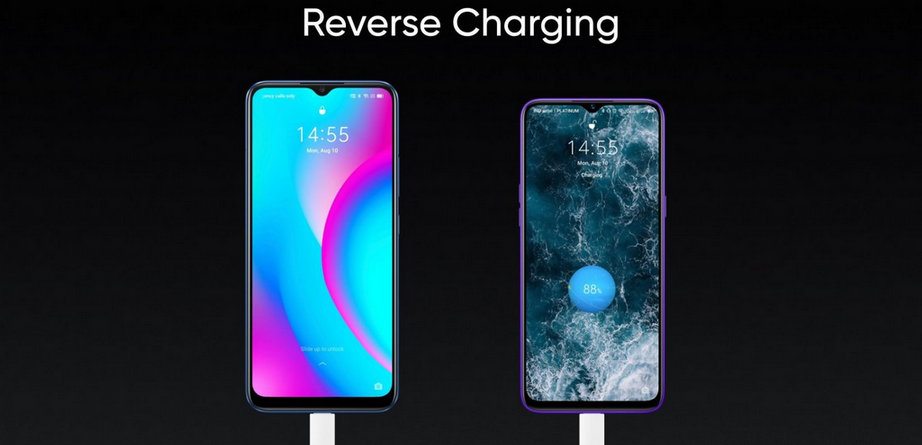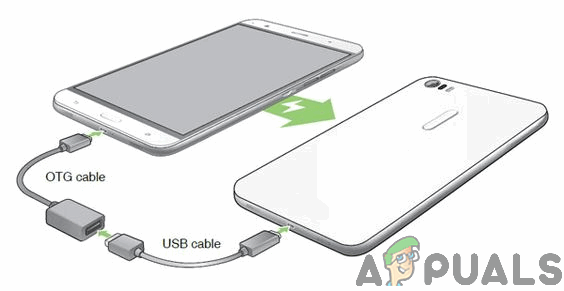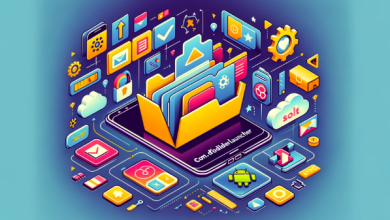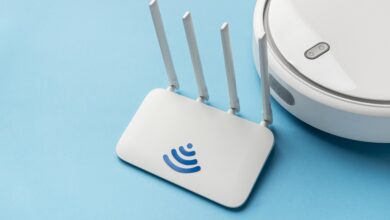Reverse Charging: How to Use Your Phone as an Improvised Power Bank
Phone manufacturers of late have only had two goals when it comes to batteries: make them bigger, and make them charge faster. Considering how demanding today’s smartphone hardware is and the fact that most newer phones are packing screens with 60-90Hz refresh rates, this need to fit higher-capacity batteries into newer models is quite understandable.

Today, flagship phones like the Samsung Galaxy S20 come with massive 4,000 mAh batteries, and even budget phones like the Realme 5i pack a whopping 5,000 mAh powerhouse. A phone with, say, a fully charged 4,500 mAh battery will still have 30-50% in the tank after an entire day’s worth of moderately heavy use and zero battery-saving measures implemented. What do you do with all that extra battery then? Well, you could just use your phone to charge your other devices. If your phone supports USB On The Go (and most newer phones do), there’s a good chance it also supports Reverse Charging. Reverse Charging is a neat little feature that lets you charge any devices that can be charged using a USB cable with your phone, effectively turning it into an improvised power bank.
Note: You are going to have to refer to the literature that came with your phone (or conduct a simple Google search!) to see if your device has Reverse Charging capabilities.
What You Need
If your phone supports Reverse Charging, using it to charge any device that can be charged via a USB cable is going to be pretty easy. Here’s everything you’ll need:
- A charged device (the fuller its battery is, the better)
- A device that’s running low on battery
- A USB cable capable of charging the device with low battery
- A USB OTG cable that’s compatible with the charged device
What To Do
- Plug the USB OTG cable into the charged device. The USB OTG cable will plug into the device’s charging port on one end, while the other end will provide you with a standard USB port.
- Plug the USB cable into the standard USB port at the end of the USB OTG cable.
- Plug the other end of the USB cable into the device that’s low on battery and needs to be charged. You should see that the device is now charging. Your phone will continue to charge the other device until both of the devices are carrying the same amount of charge, at which point the current will stop flowing between the two devices.

Connect the USB OTG cable to the charged phone, the USB cable to the USB OTG cable, and plug the USB cable’s other end into the device you want to charge
How Reverse Charging Works
Do you remember learning about the concept of diffusion back in middle school? Diffusion is the net movement of particles from a region of higher concentration to a region of lower concentration, and that pretty much sums up how Reverse Charging works.
You have a device that’s highly concentrated with charge (the region of higher concentration) and a device that has a very low concentration of charge (the region of lower concentration). When the two devices are connected, the difference in their voltages results in current flowing from the charged device to the discharged device. As one device discharges current into the other, it loses charge while the other device gains charge. The process stops and the current no longer flows between the devices when the concentration of charge on both devices becomes identical.





